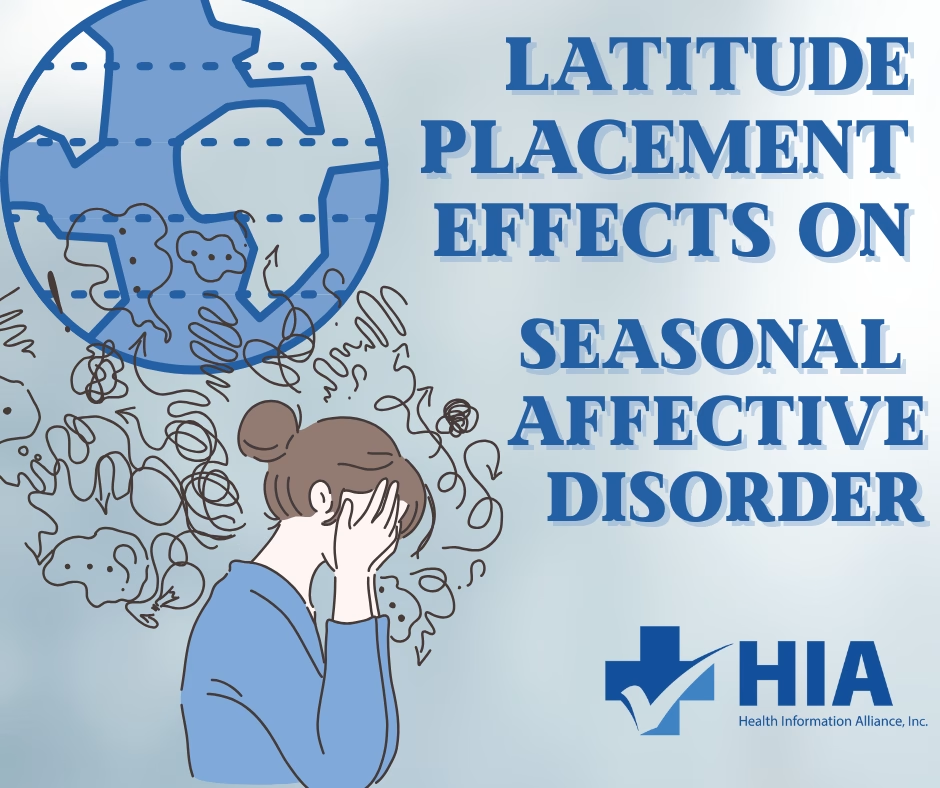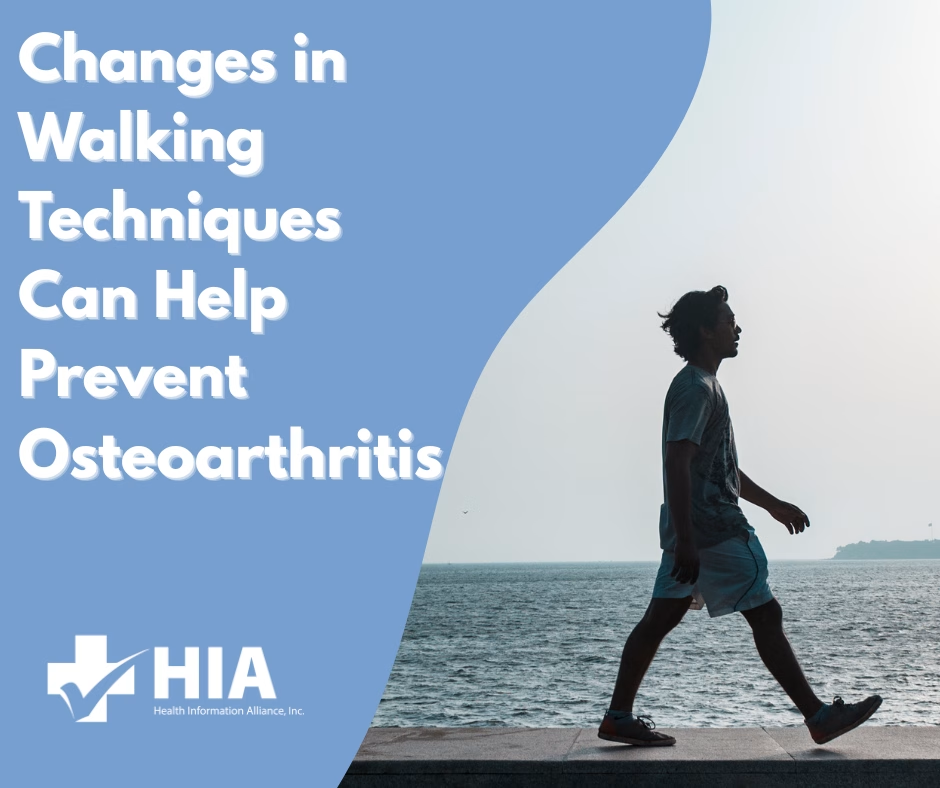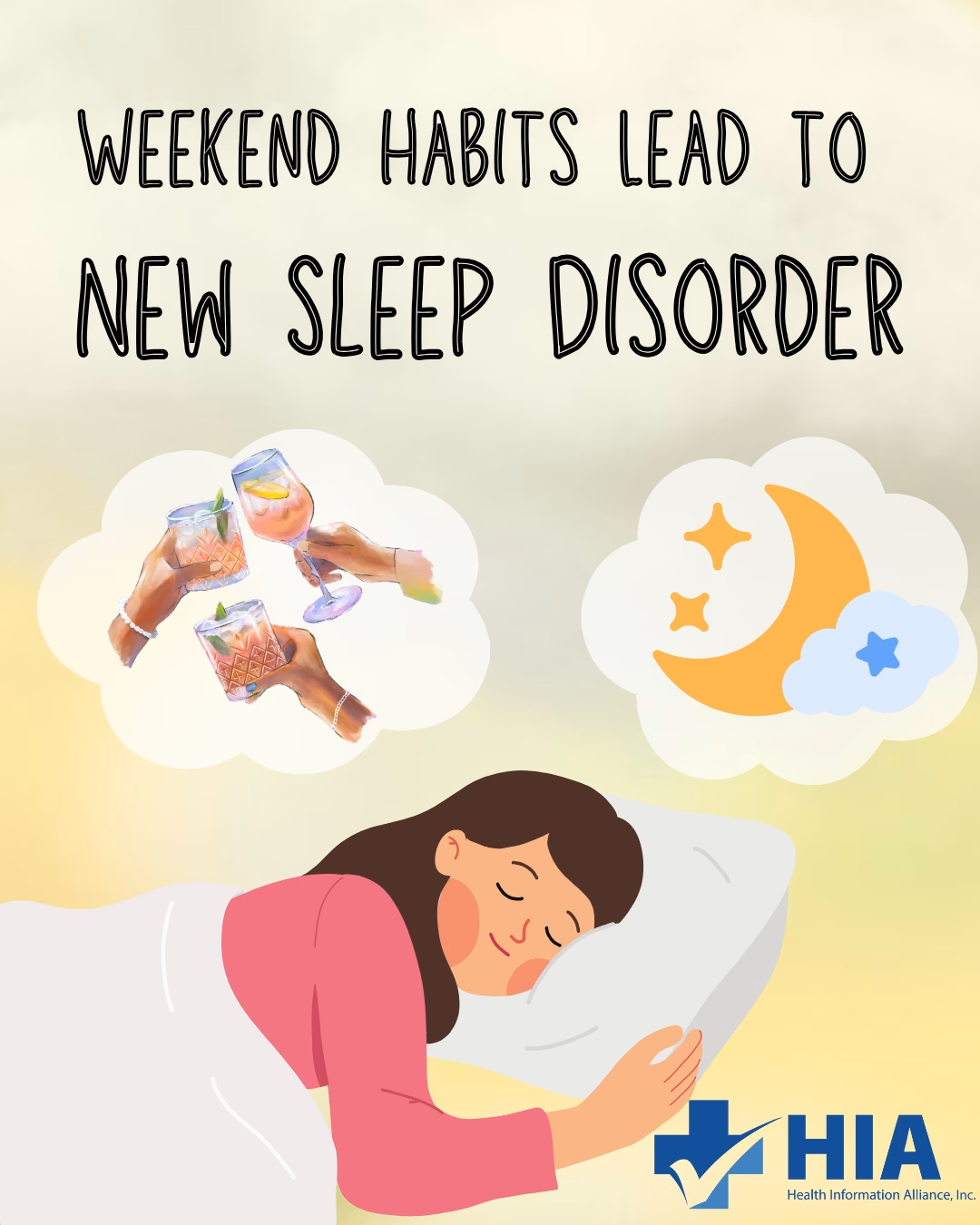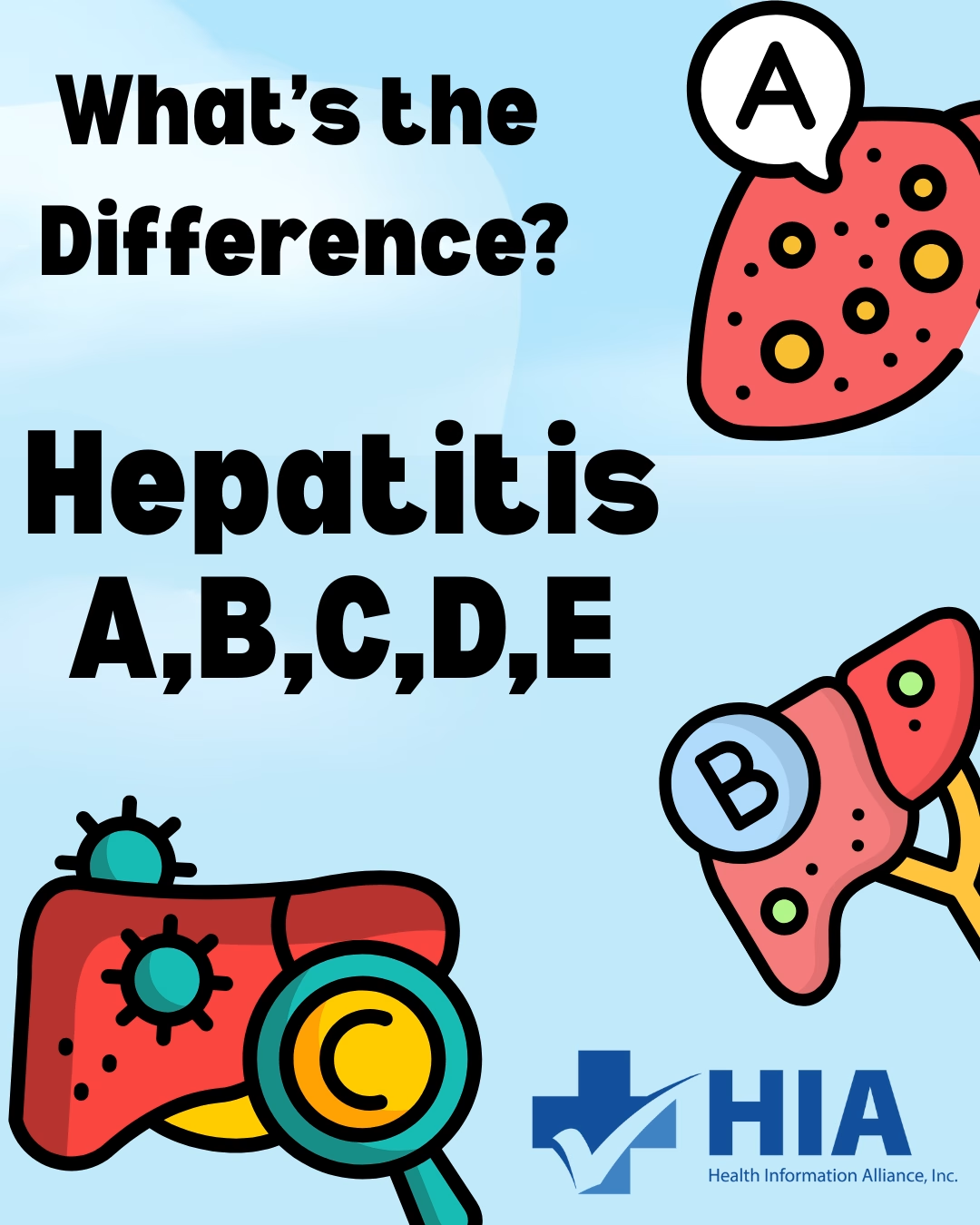ICD-11 Coding
The World Health Organization (WHO) is set to release the 11th edition of the International Classification of Diseases (ICD-11) in January 2022. Drastic changes have been made to keep up with the ever-changing healthcare world as ICD-11 is comprised of more than 55,000 codes that make up a comprehensive list of diagnoses. Diagnoses that were previously overlooked by ICD-10.
ICD-11 includes two new chapters related to sexual health and sleep-wake disorders.
The first includes sexually transmitted infections, contraceptive management, and others. The motivation of this chapter is due to health-related advances and the newfound social understanding of sexual health in today’s world.
The second mental health chapter covers sleep-wake disorders like insomnia, sleep-related breathing disorders, and sleep-related movement disorders, to name just a few. On top of chapters, many new conditions have been added to the recent addition of ICD-11.
The last change has to do with the structure of ICD-11, as this version uses an alphanumeric coding structure. The flexibility that this structure allows ensures more diagnostic groupings. Groupings that are more consistent with scientific evidence and meet clinical practice needs. ICD-11, which represents all medical diagnoses, will attempt to coincide with The Diagnostic and Statistical Manual of Mental Disorders (DSM-5), which only includes mental health. The WHO and the American Psychiatric Association (APA) strive to integrate ICD-11 and DSM-5.






